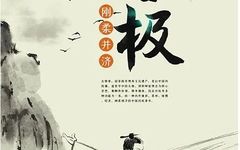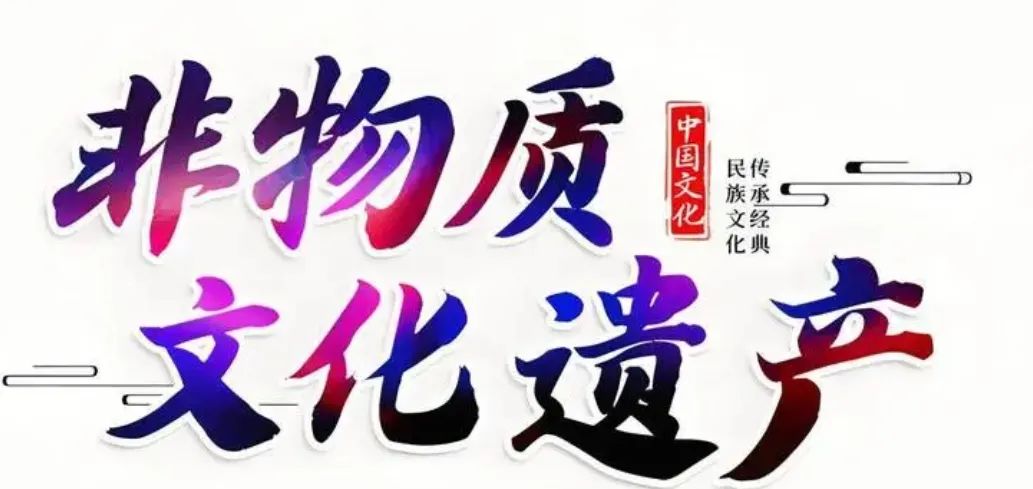
General Secretary Xi Jinping pointed out in the report of the 20th National Congress of the Communist Party: “Increase efforts to protect cultural relics and cultural heritage, strengthen the protection and inheritance of historical culture in urban and rural construction, and build and utilize national cultural parks effectively.” China’s world heritage is not only a treasure of civilization that strengthens cultural confidence and consolidates national spirit but also an important carrier for deepening cultural exchanges and mutual learning.
01.
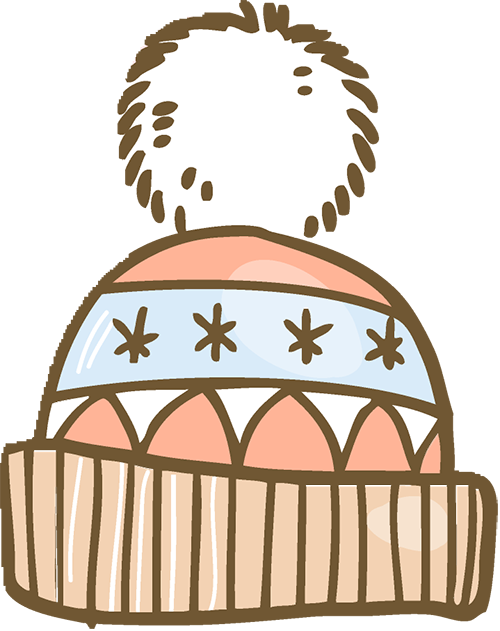
Introduction to Intangible Cultural Heritage
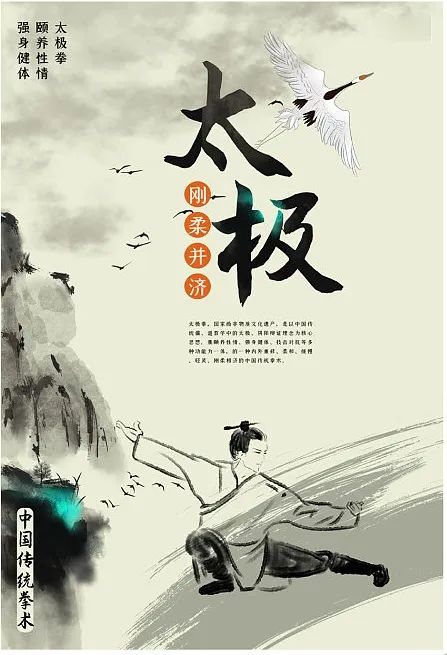
On December 17, 2020, Taijiquan was included in the UNESCO Intangible Cultural Heritage List, making it the only intangible cultural heritage of humanity in the category of traditional martial arts in China.
Taijiquan is based on the core philosophical concepts of Taiji and Yin-Yang dialectics from traditional Chinese Confucian and Daoist philosophy. It integrates various functions such as nurturing temperament, strengthening the body, and combat techniques, combining the changes of Yin-Yang and the Five Elements from the Book of Changes (Yijing), TCM meridian theory, ancient guiding techniques, and breathing techniques to form a traditional Chinese martial art that emphasizes both internal and external cultivation, characterized by softness, slowness, lightness, and a balance of hardness and softness.
02.

Cultural Connotation and Value
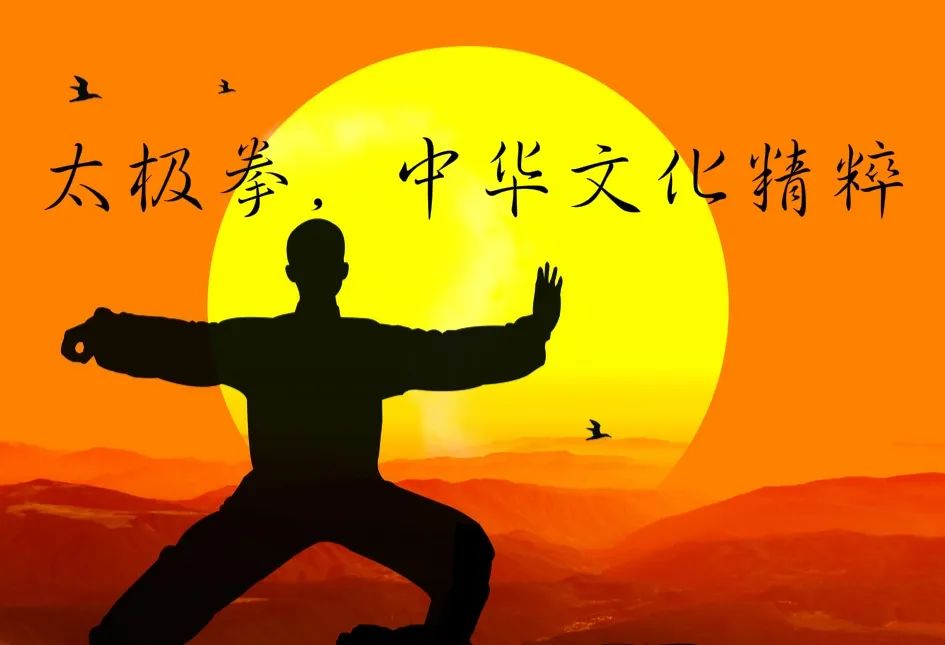
Taijiquan, named after “Taiji,” is an important carrier of Taiji culture. It is a comprehensive system that requires using stillness to control movement, overcoming hardness with softness, avoiding the solid and seeking the void, and borrowing strength to generate power. It advocates starting from objective reality, adapting to others, and being flexible. It is a comprehensive discipline characterized by traditional Chinese cultural features, involving issues related to the individual and society, the individual and nature, and the human body itself. It reflects the Eastern literary worldview, life view, moral view, outlook on life, and competitive view, showcasing the extraordinary creativity of the Chinese nation and carrying rich traditional Chinese culture.
The successful application of Taijiquan for heritage status signifies the arrival of an era for the global dissemination of Chinese culture. Taijiquan has become a symbol of Eastern culture, serving as an important bridge and link for promoting exchanges between Eastern and Western cultures. It helps people from various countries understand its benefits for self-cultivation and health, further recognizing the philosophical thoughts and health concepts it embodies, enhancing mutual respect and appreciation among different cultures, gradually strengthening the soft power of Chinese culture, promoting its development, and thus fostering human creativity and respect for cultural diversity.
03.

Recommended Books on Intangible Cultural Heritage
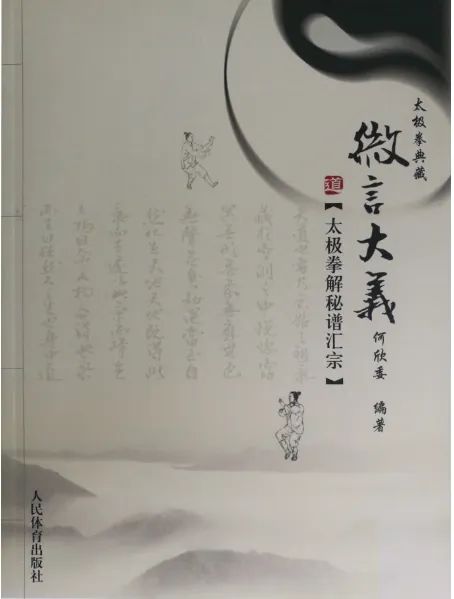
Content Summary
The so-called explanation is to decompose and interpret, which is the understanding of the classics of Taijiquan by the sages. The classics and theories passed down through generations are mostly concise and direct, pointing to the true meaning. However, without explanation, it is difficult for later learners to understand the profound meanings. Yet, without realization, the interpretations may not be true; often, understanding from the literal meaning does not necessarily convey the true essence of Taiji. The compilation by He Xinwei gathers interpretations of the classics by recognized Taijiquan masters throughout history, aiming to meet the demands for correct knowledge, views, and theories.
Author: He Xinwei
Publisher: People’s Sports Publishing House
Call Number: G852.11/2172
Library Location: Songjiang Chinese Bookstore 101-3A / Songjiang Dense Bookstore 2 24702L02
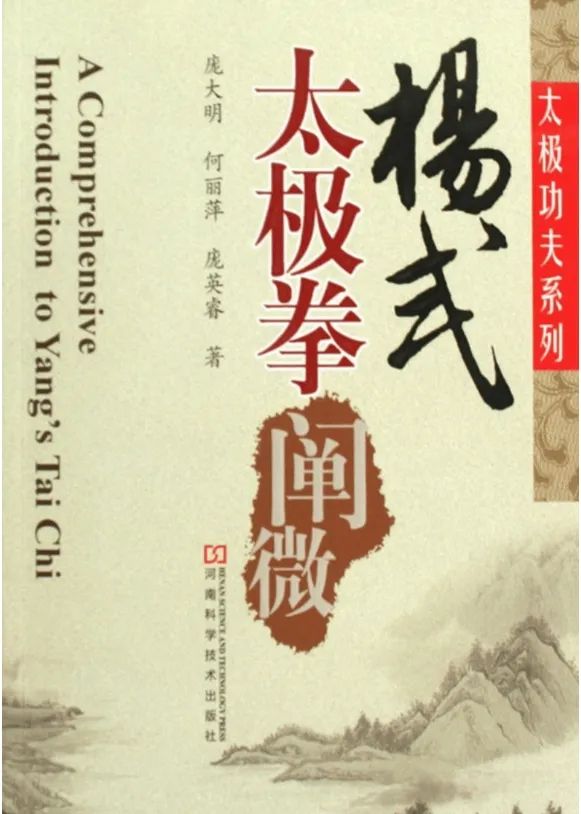
Content Summary
“Exposition of Yang Style Taijiquan” is compiled based on typical questions from Taijiquan enthusiasts. The book is divided into six chapters: the first chapter explains the culture and health benefits of Taijiquan; the second chapter discusses the basic principles of Yang Style Taijiquan; the third chapter provides illustrations of Yang Style Taijiquan; the fourth chapter discusses the silk reeling and unrolling techniques of Yang Style Taijiquan; the fifth chapter elaborates on the single push hands, fixed step push hands, moving step push hands, and the large empty leg and solid leg techniques; the sixth chapter compiles all the Taijiquan manuals, showcasing the Taijiquan manuals of Yang Luchan, Yang Banhou, Yang Jianhou, the secret transmission of Taijiquan acupoint techniques, the application of Taijiquan, the essentials of Taijiquan, the secrets of Taijiquan free fighting, and the Taijiquan manual of Yang Chengfu, along with a copy of the Song Dynasty inscription of Taijiquan. “Exposition of Yang Style Taijiquan” plays an extremely important role in the study, research, and development of Taijiquan, and also has high practical and collectible value, serving as a good teacher and friend for many Yang Style Taijiquan enthusiasts.
Authors: Pang Daming, He Liping, Pang Yingrui
Publisher: Henan Science and Technology Publishing House
Call Number: G852.111.9/0020
Library Location: Yan’an Road Campus Open Shelf Library / Songjiang Chinese Bookstore 101-3A
04.

Recommended E-Books
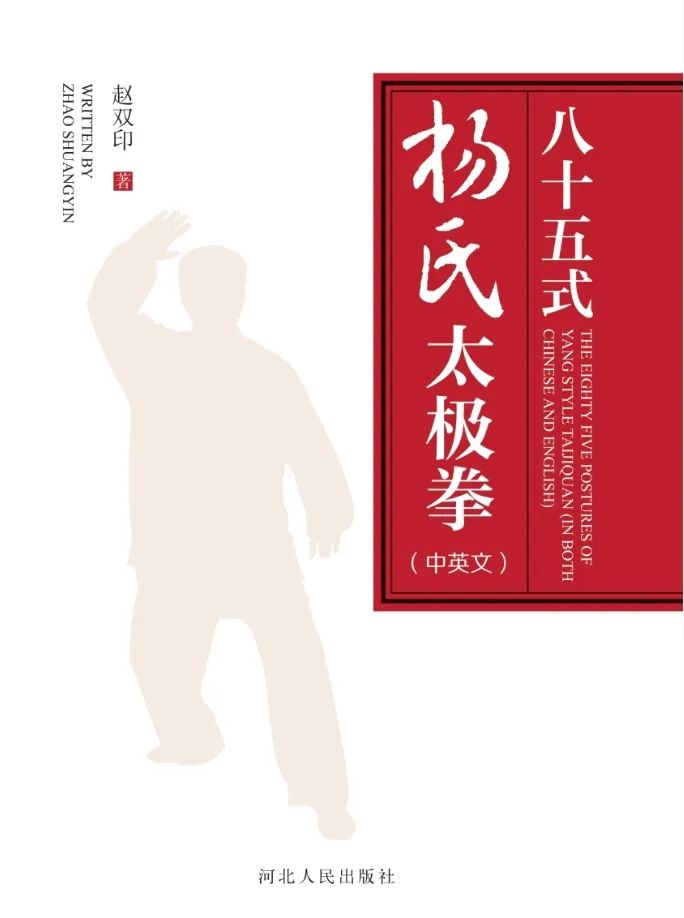
Content Summary
This book is divided into a theoretical part and a practical part of traditional Yang Style Taijiquan. The theoretical part focuses on discussing the relationship between Taijiquan and traditional Chinese culture, using Taijiquan as a medium to comprehend the profound traditional culture, which in turn guides the practice of Taijiquan. The practical part includes: explanation of movements, analysis of key points, correction of common mistakes, and explanation of applications.
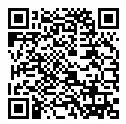
Author: Zhao Shuangyin
Publisher: Hebei People’s Publishing House
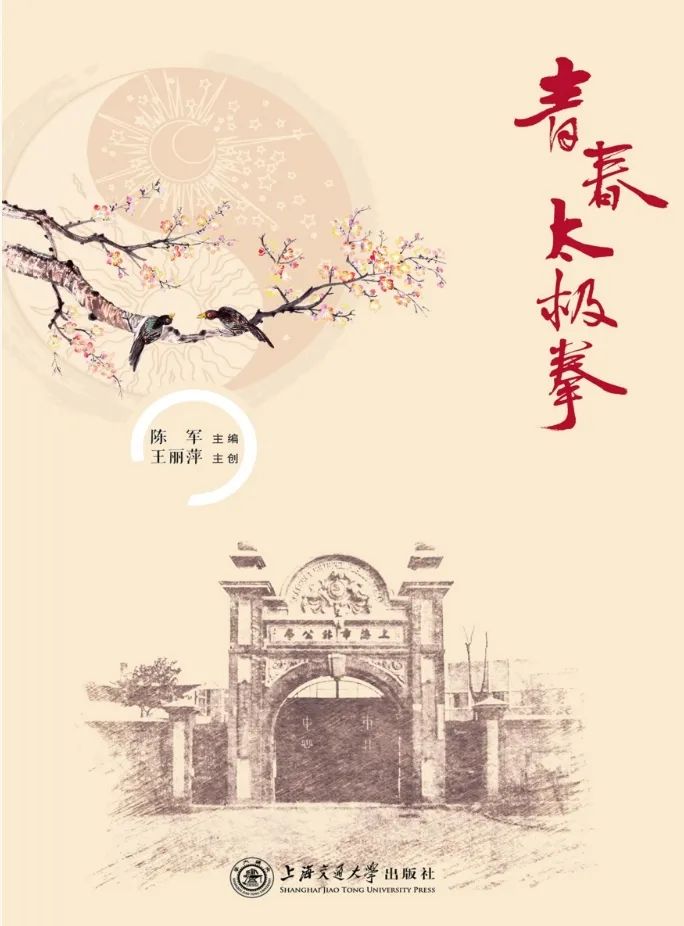
Content Summary
This book is based on the current high school “Physical Education Curriculum Standards” and refers to the martial arts textbook (simplified Taijiquan) in Basic Content 1. It is compiled according to the ideas of physical education curriculum reform at Shanghai Beibei Middle School and the students’ needs for learning martial arts, integrating characteristics from Yang Style, Sun Style, Wu Style, and Chen Style Taijiquan. The book consists of three parts: basic, advanced, and expanded Taijiquan, with each part comprising several movements.
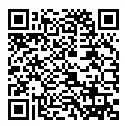
Author: Chen Jun
Publisher: Shanghai Jiao Tong University Press
Taijiquan
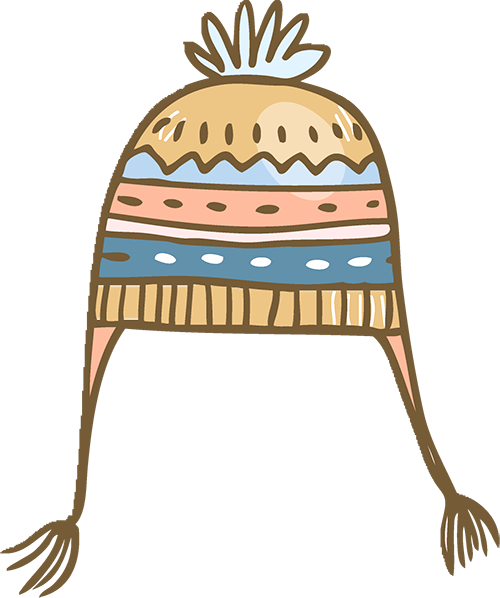
Yin has Taiji, which gives birth to the two opposites
Internal and external cultivation, hardness and softness in harmony
Unparalleled elegance
Chinese Taiji
Text and Image Editor: Zhao Hui
Planning: Yan’an Road Reader Service Department
(Some images and texts are sourced from the internet)

